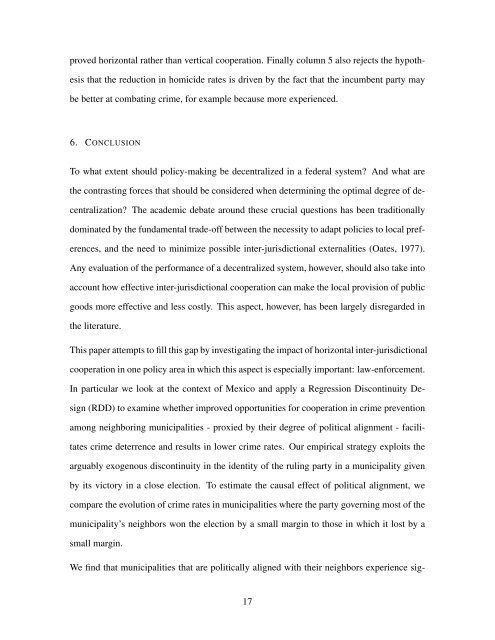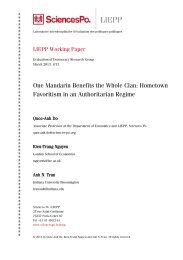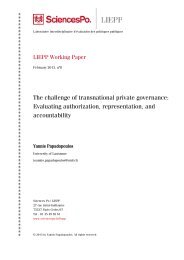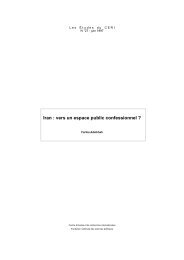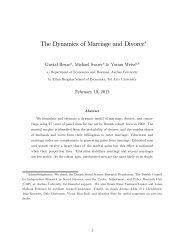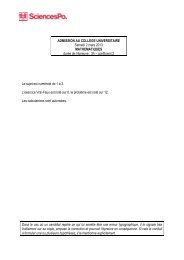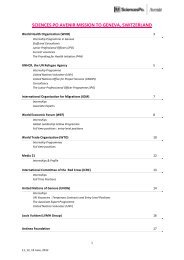Fighting Crime with a Little Help from my Friends ... - Sciences Po
Fighting Crime with a Little Help from my Friends ... - Sciences Po
Fighting Crime with a Little Help from my Friends ... - Sciences Po
Create successful ePaper yourself
Turn your PDF publications into a flip-book with our unique Google optimized e-Paper software.
proved horizontal rather than vertical cooperation. Finally column 5 also rejects the hypothesisthat the reduction in homicide rates is driven by the fact that the incumbent party maybe better at combating crime, for example because more experienced.6. CONCLUSIONTo what extent should policy-making be decentralized in a federal system? And what arethe contrasting forces that should be considered when determining the optimal degree of decentralization?The academic debate around these crucial questions has been traditionallydominated by the fundamental trade-off between the necessity to adapt policies to local preferences,and the need to minimize possible inter-jurisdictional externalities (Oates, 1977).Any evaluation of the performance of a decentralized system, however, should also take intoaccount how effective inter-jurisdictional cooperation can make the local provision of publicgoods more effective and less costly. This aspect, however, has been largely disregarded inthe literature.This paper attempts to fill this gap by investigating the impact of horizontal inter-jurisdictionalcooperation in one policy area in which this aspect is especially important: law-enforcement.In particular we look at the context of Mexico and apply a Regression Discontinuity Design(RDD) to examine whether improved opportunities for cooperation in crime preventionamong neighboring municipalities - proxied by their degree of political alignment - facilitatescrime deterrence and results in lower crime rates. Our empirical strategy exploits thearguably exogenous discontinuity in the identity of the ruling party in a municipality givenby its victory in a close election. To estimate the causal effect of political alignment, wecompare the evolution of crime rates in municipalities where the party governing most of themunicipality’s neighbors won the election by a small margin to those in which it lost by asmall margin.We find that municipalities that are politically aligned <strong>with</strong> their neighbors experience sig-17


